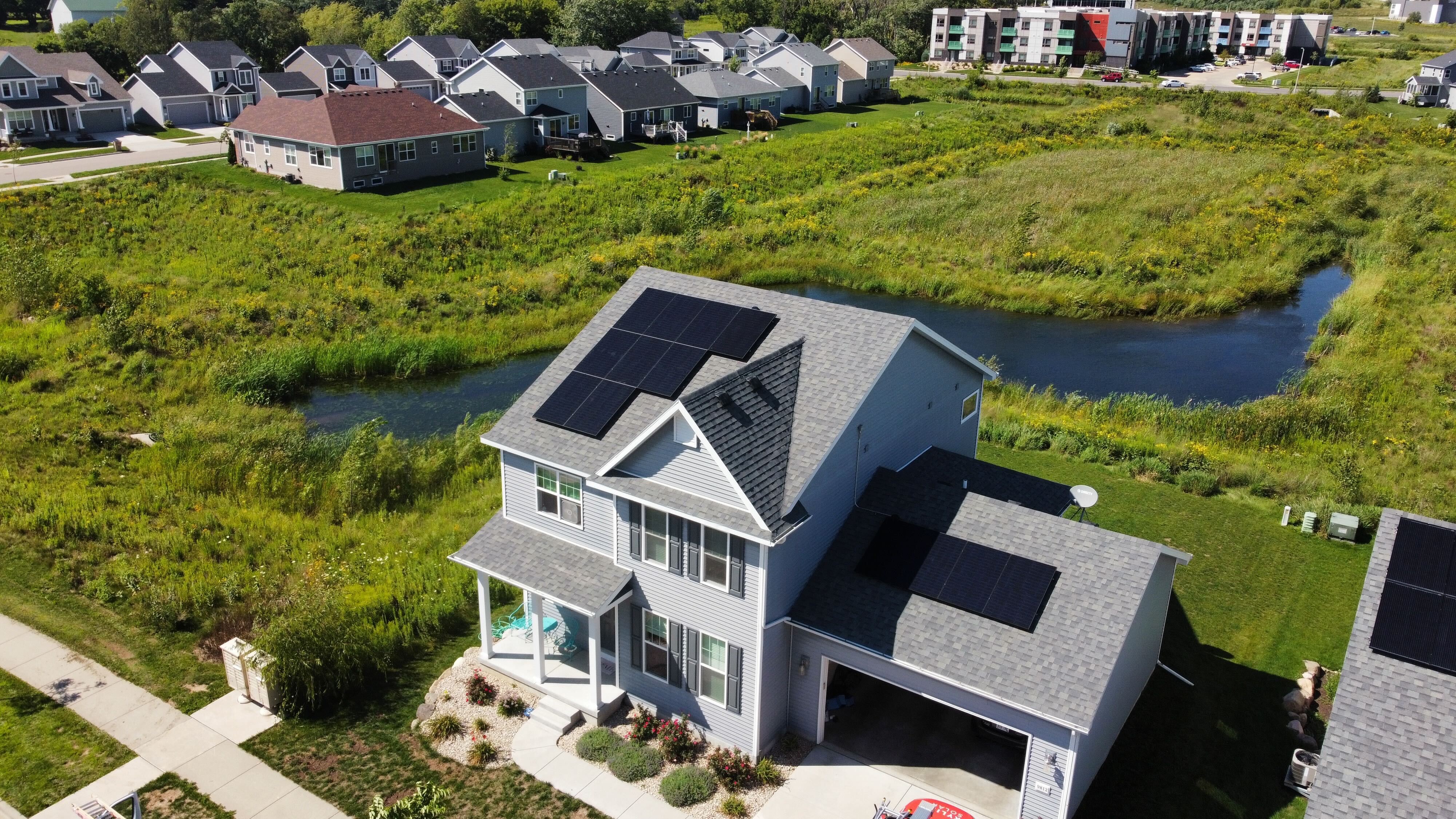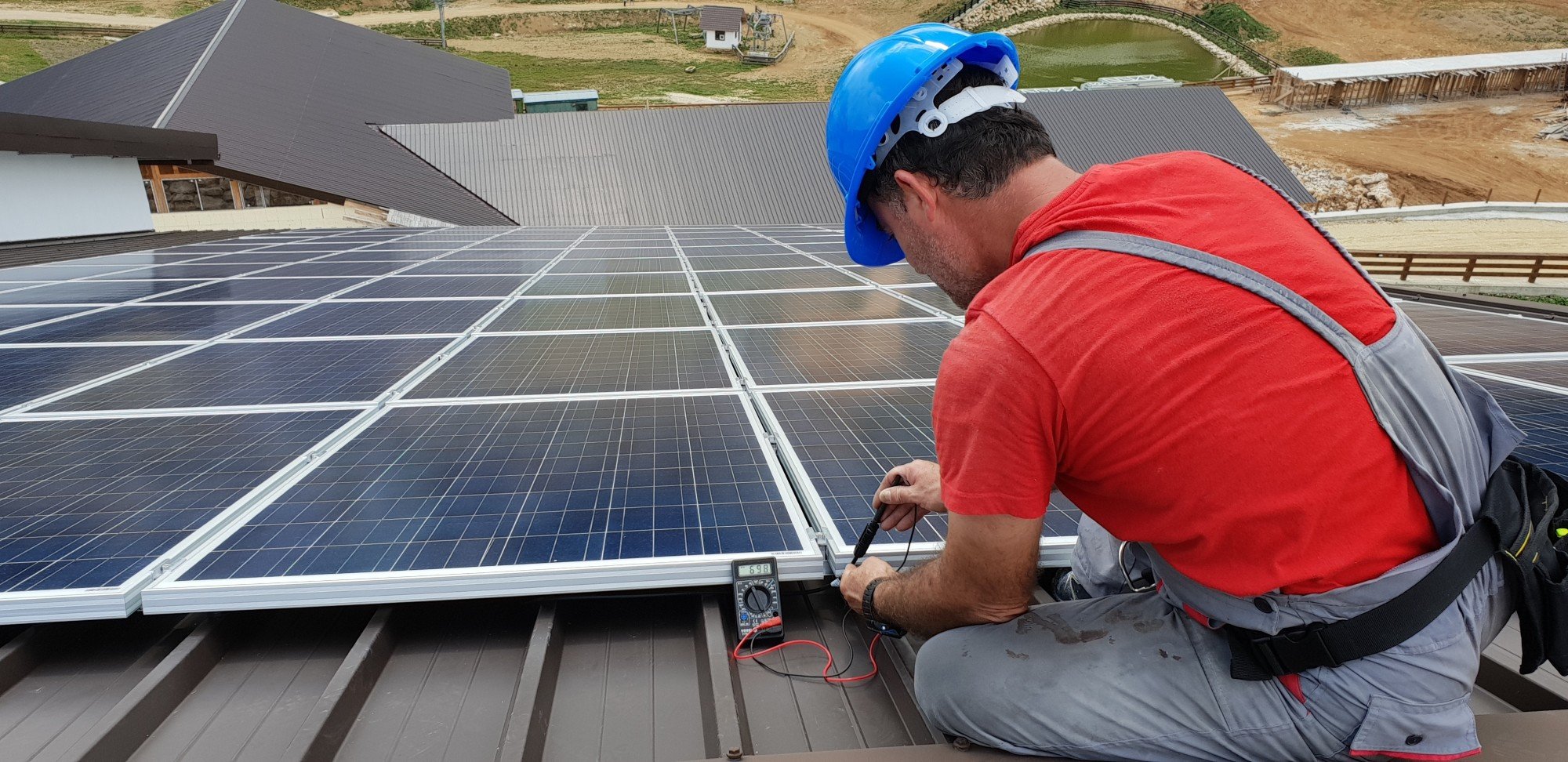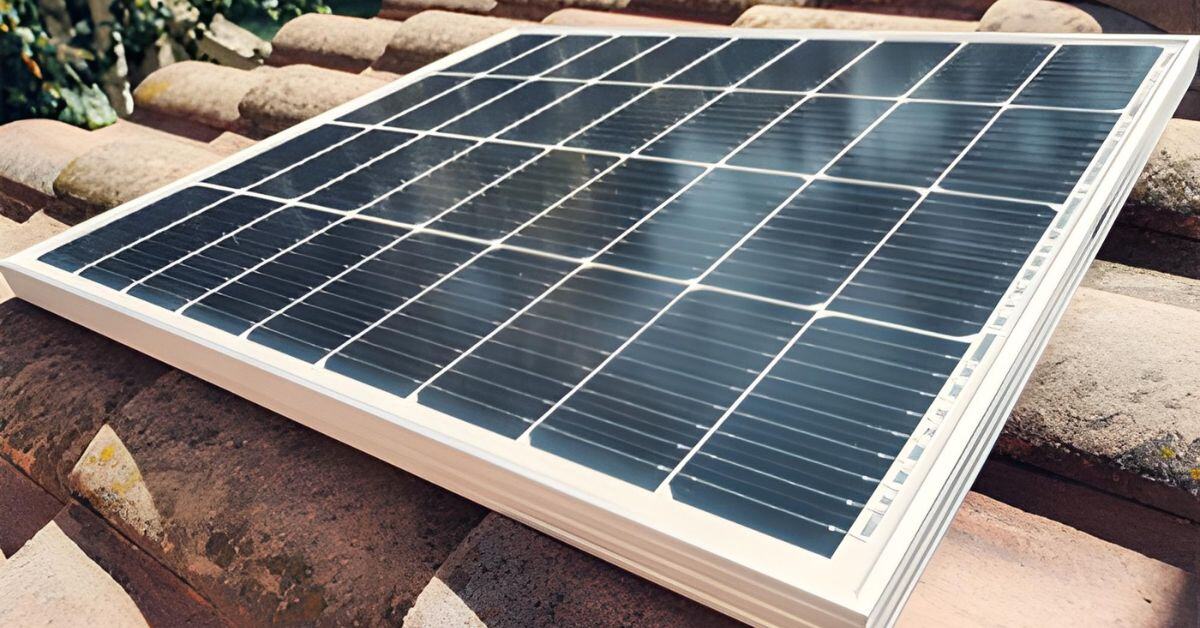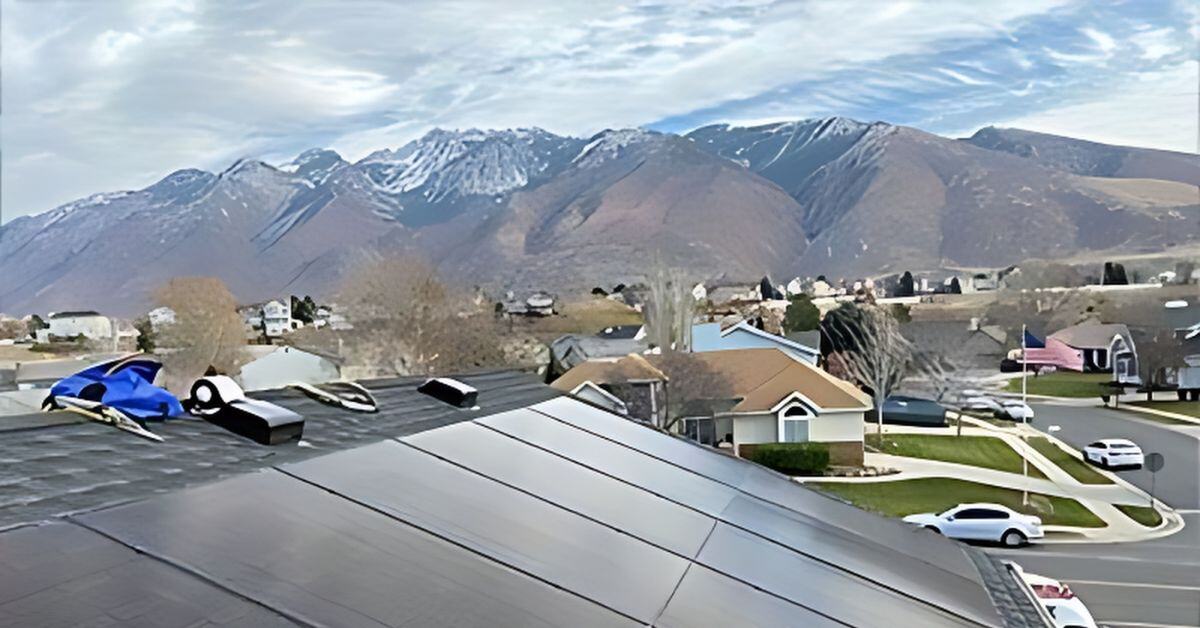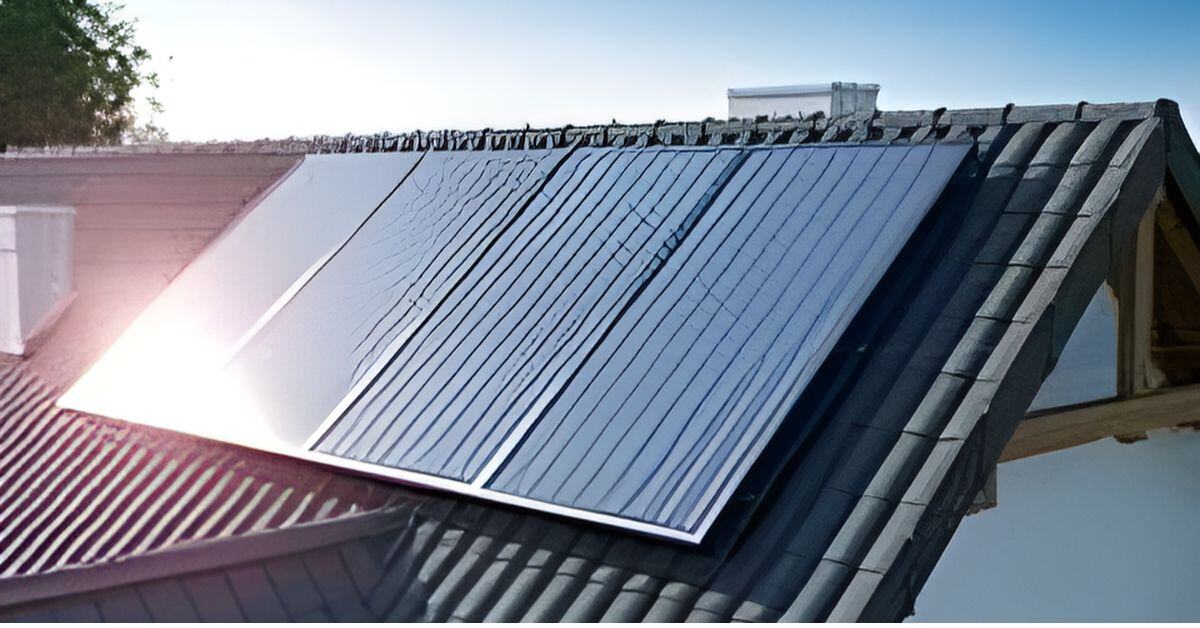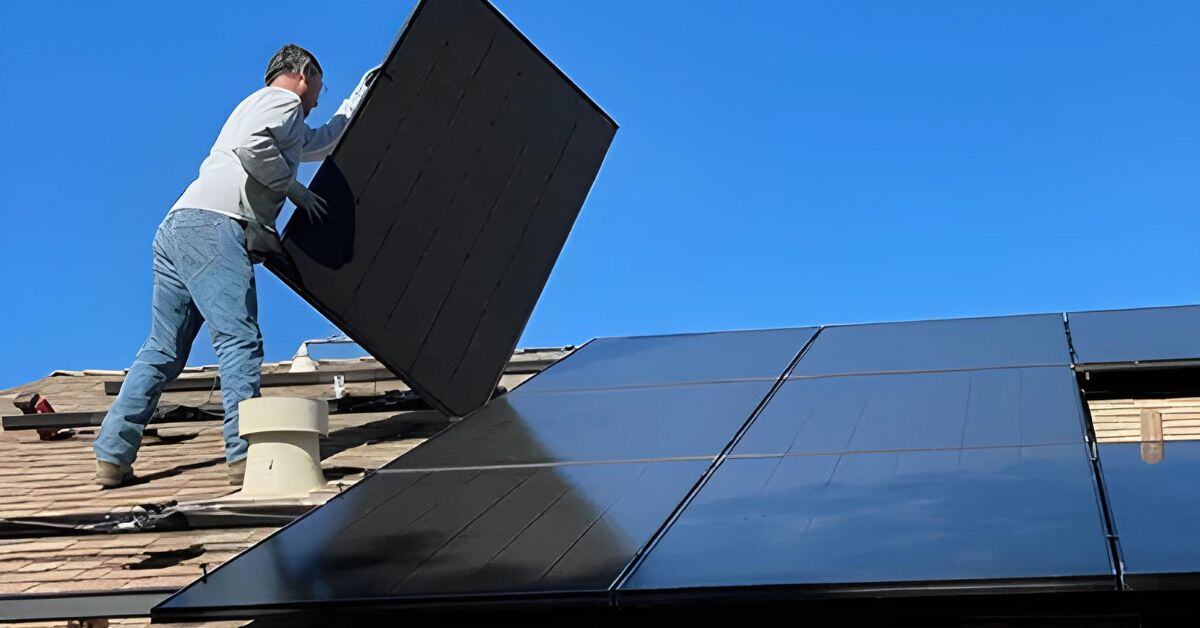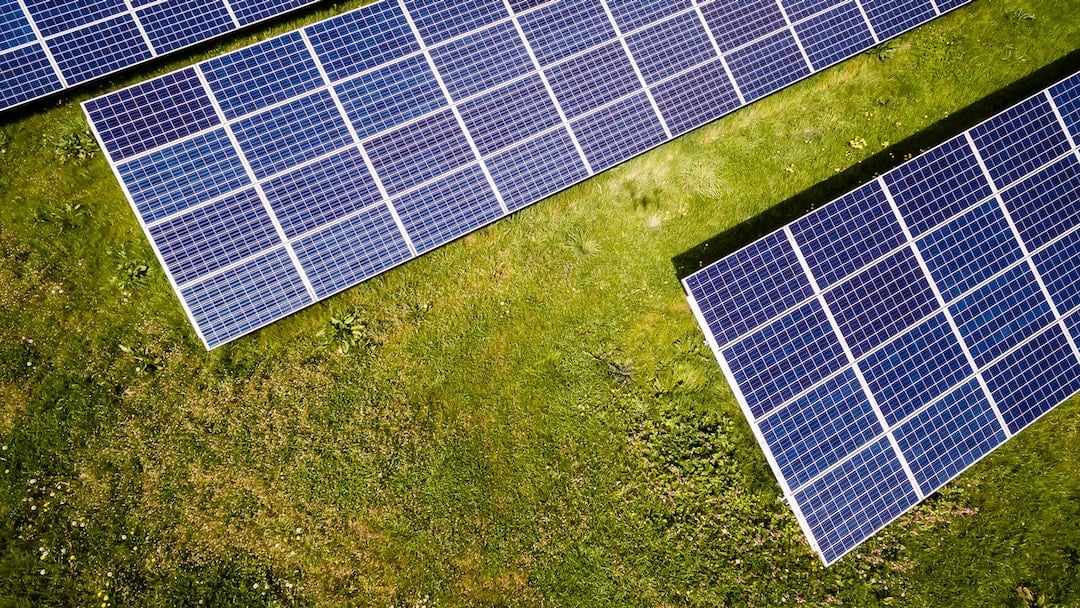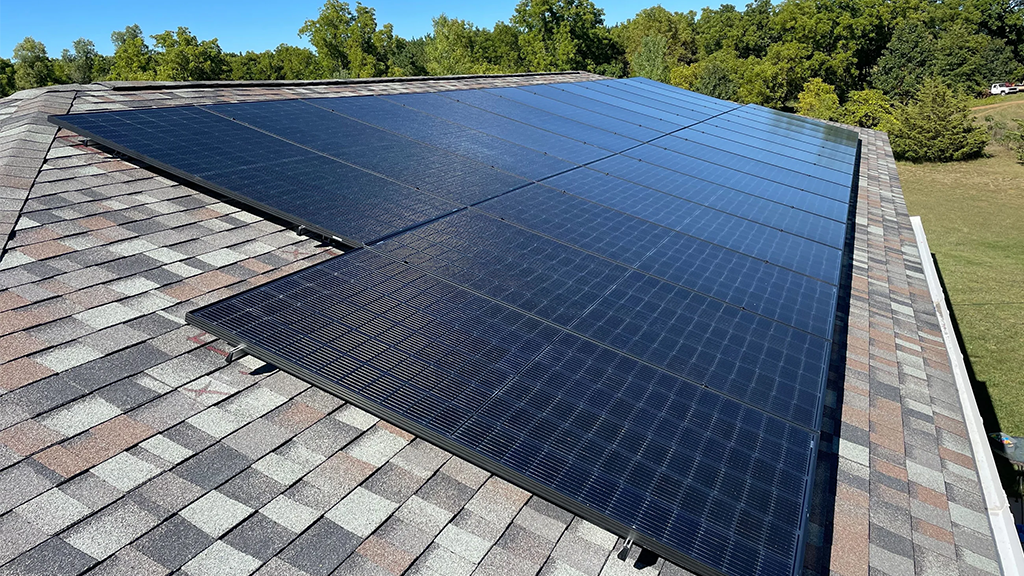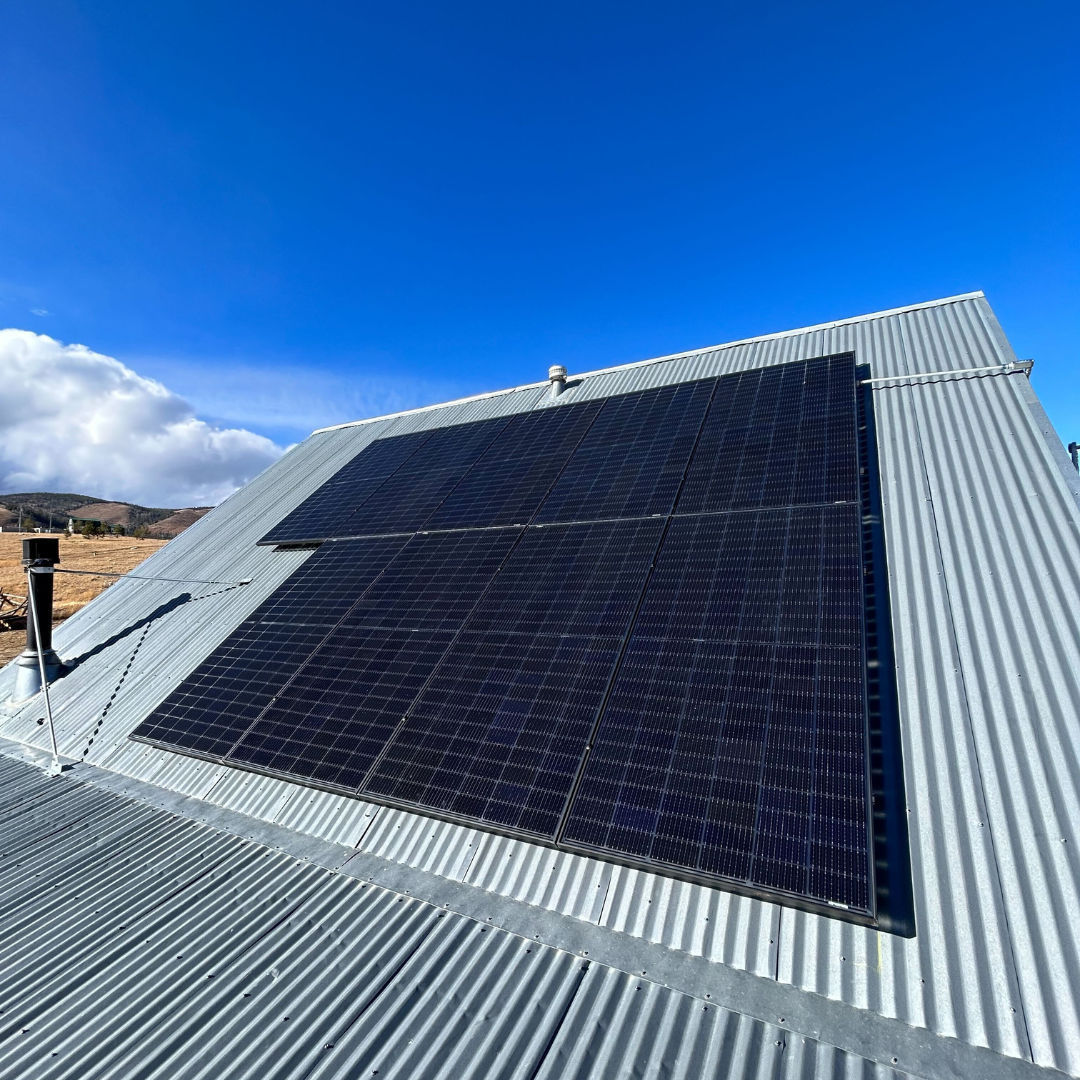Why Wisconsin Homeowners Should Switch to Solar Today?
As the world increasingly turns toward renewable energy, the same movement is happening right here in Wisconsin. Homeowners across the state are embracing solar power, drawn by its sustainability and the significant benefits it offers both economically and environmentally. If you are wondering whether you should opt for installing solar panels in Wisconsin, then don’t fret anymore because it will certainly be beneficial for you. Here, in this blog, we will explore some prominent reasons why homeowners in Wisconsin is looking to install solar system.
